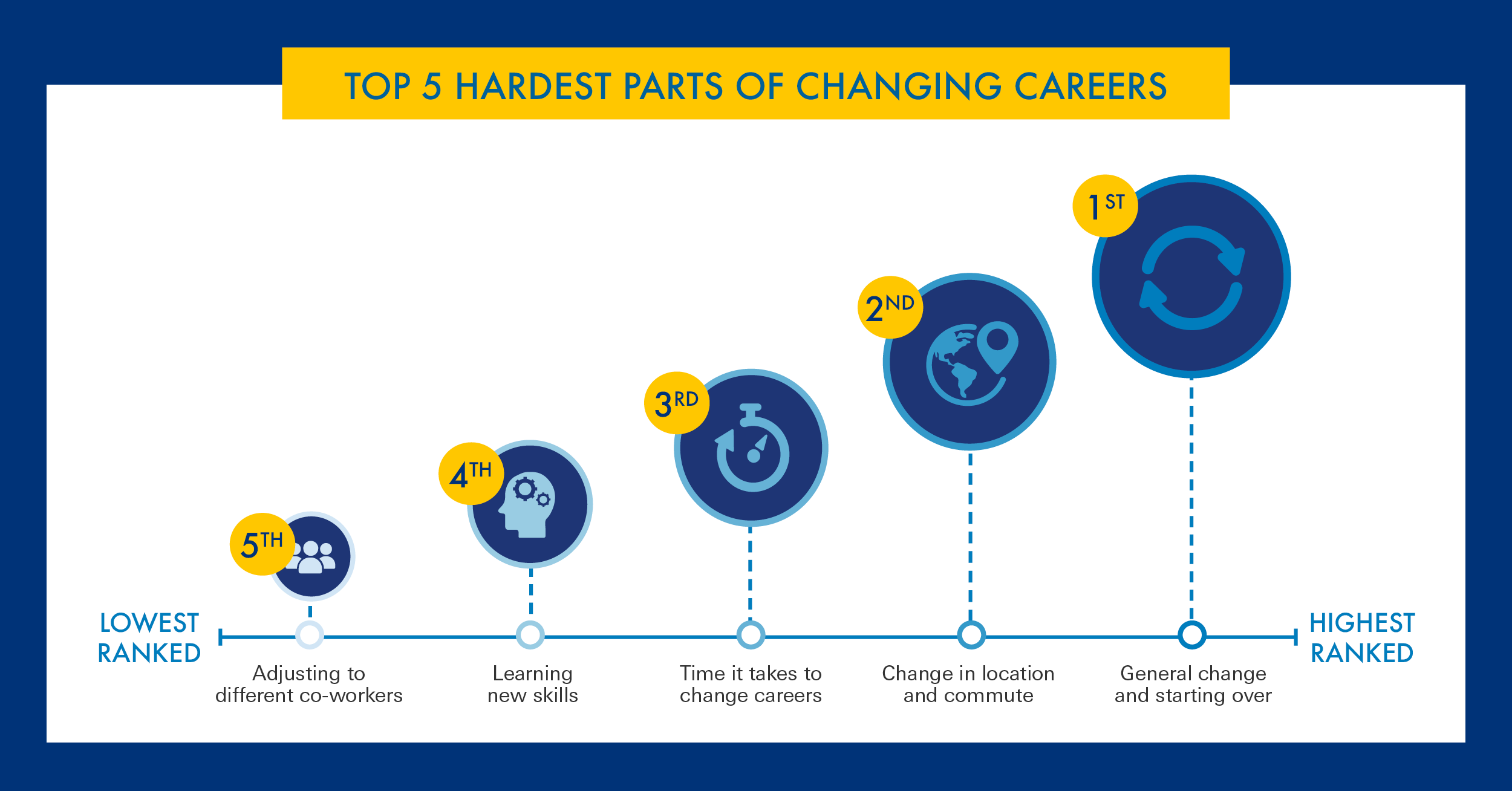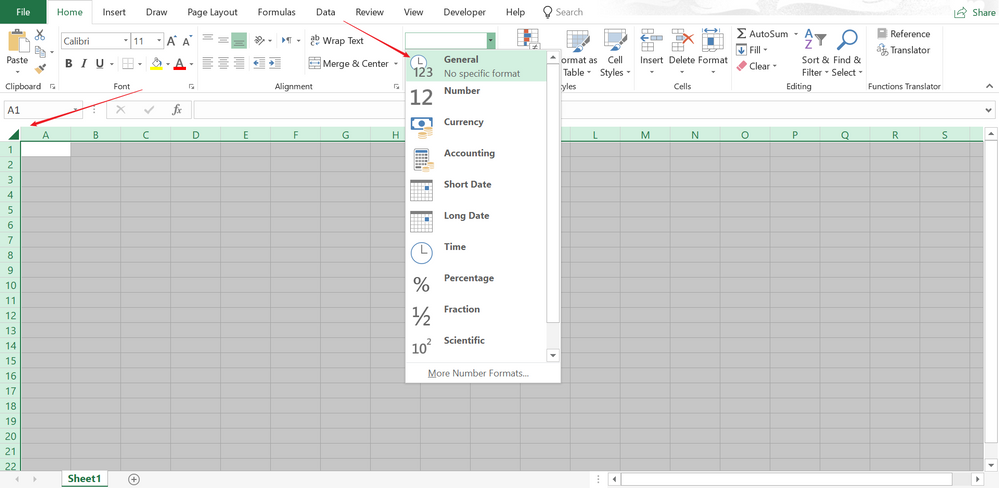
Excel can be used in many different ways, such as to analyse financial data and forecasting. The tools are also useful in non-numerical fields, such as teaching and forecasting. These examples will give an overview of Excel's use in your job. Also, make sure to share your skills and knowledge of the program with your interviewer.
Excel is a great tool for analysing financial data
Excel is a useful tool for finance to analyze financial data. Excel is used extensively by financial specialists to analyze large volumes of data and help them understand the financial market. They work with huge data sets and financial models, and are often working on tight deadlines. Excel proficiency is essential. This means learning the appropriate shortcuts and operations, and knowing how to manage an unlimited number of Excel files.
Excel is a powerful spreadsheet tool that allows you to analyse financial data quickly. Excel provides over four hundred functions. All of them should be simple and intuitive. There are only a few that most people need.

It can be used to perform non-numerical tasks
Excel allows you to format data in text. This is one way to use Excel for other non-numerical applications. When data is formatted as text, it retains its formatting even when Excel converts it to the default format. You can, for example, format a date as text to stop Excel changing it to the default format. To prevent Excel from removing zeros, you can also format numerical data in text.
It is a great tool for teachers
Excel's flexibility can be a boon for teachers. It can be used for many different types of presentations and documents. For example, teachers can use it to create student portfolios. These portfolios can be created in a variety of ways, including online forms and spreadsheets. Students can then enter their information, and the file will automatically be collated in Sheets.
Excel has become a staple in the business world, used by teachers and entrepreneurs alike. It is estimated that 80 per cent of job openings are dependent on Excel or word processing skills. It is a popular skill, but many people hesitate to use it.
It's a powerful tool for forecasting
Excel excels well at forecasting. Excel can produce forecasts based on simple counts, ratios, or even complex models. It can also be used for forecasting individual projects, locations, business units, or other purposes. Excel's functions can be used to consolidate several forecasts. VBA code allows you to combine different models. You can then use the consolidated data for subsequent steps.

The forecast sheet in Excel includes the original values and predicted values, as well as a chart. It also includes the forecast confidence interval, which indicates the likelihood that the forecasted value will be correct. You can also see the formulas used to calculate the forecasts, including the Exponential smoothing Forecast formula. You can also choose the start day of your forecast from the date selector, or enter it directly into this box. If you are using seasonal data, the start date should be before the previous historical point.